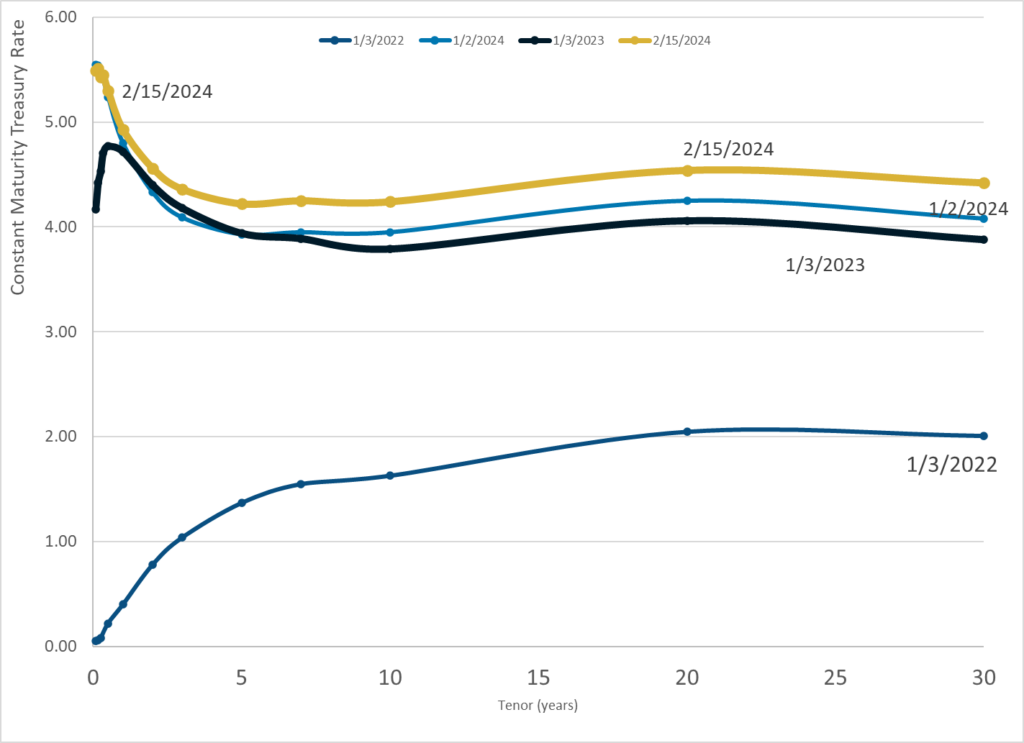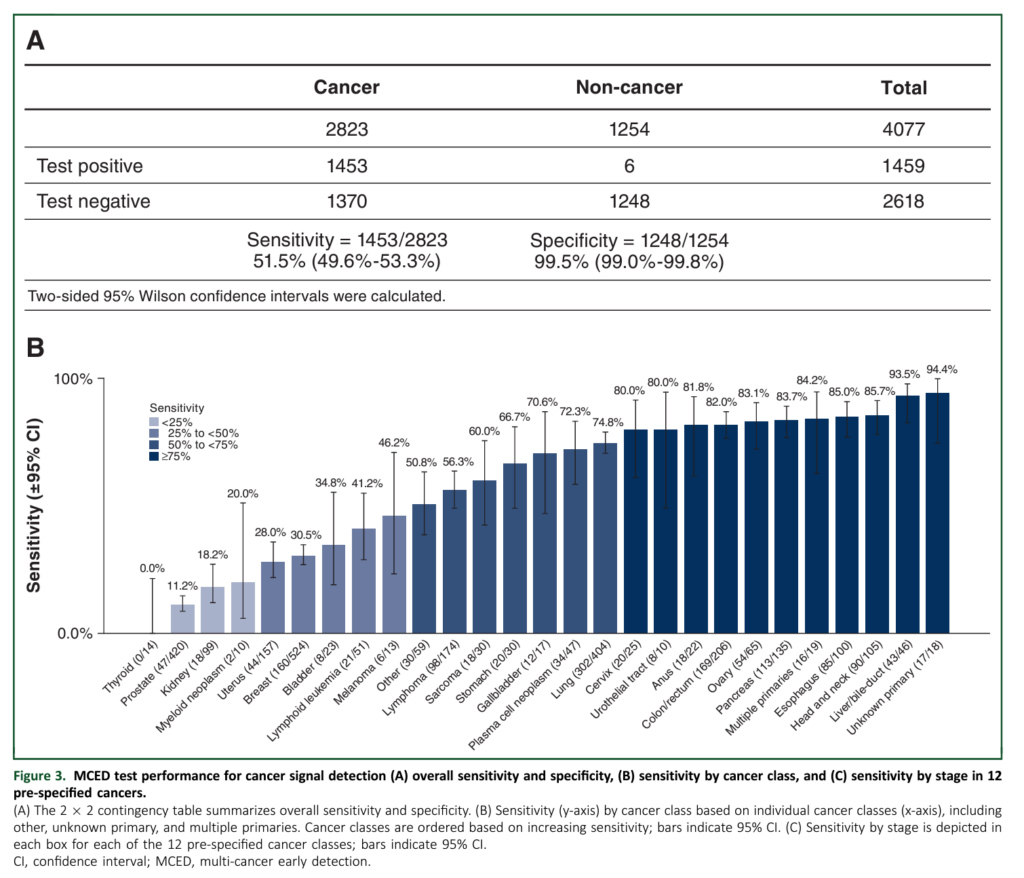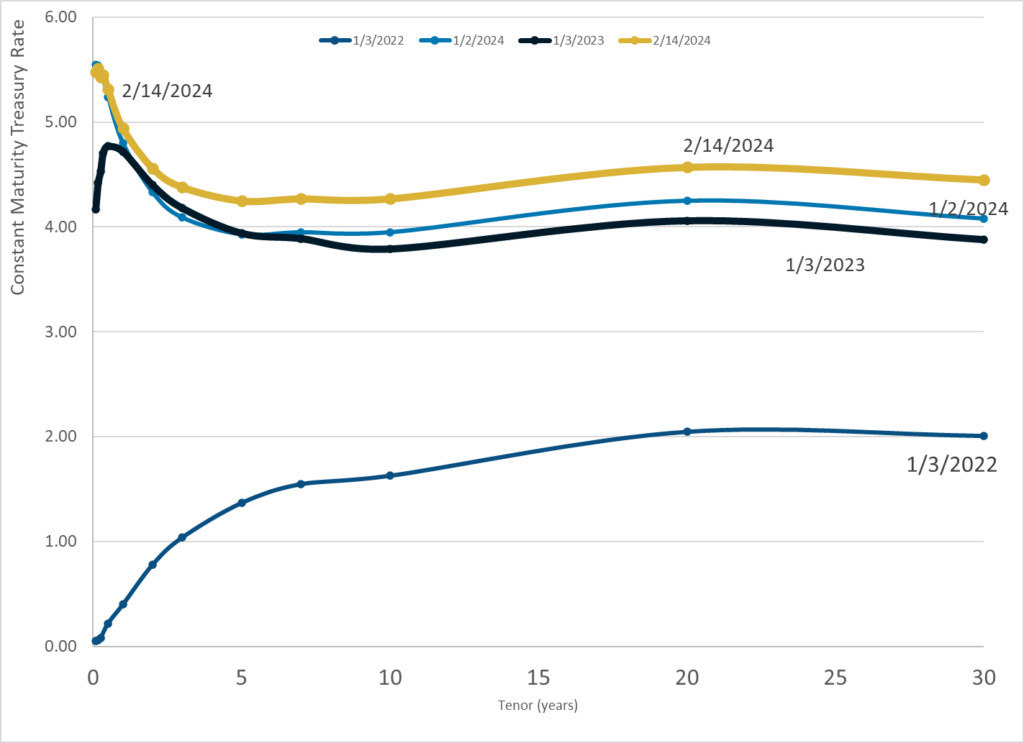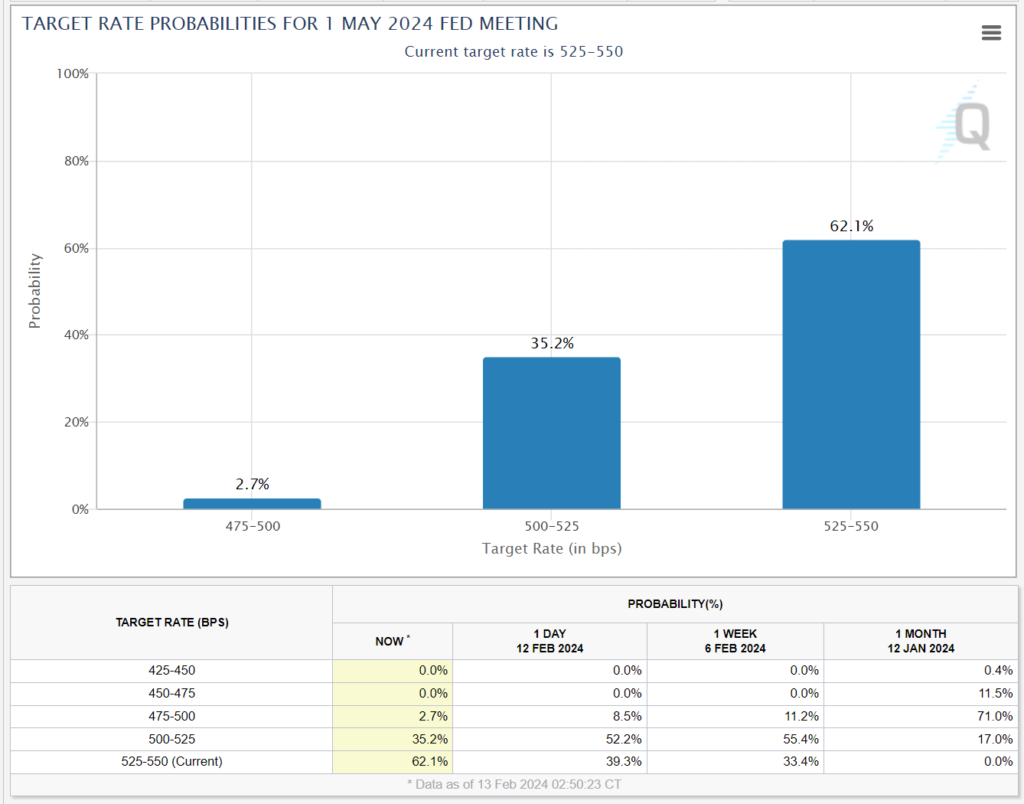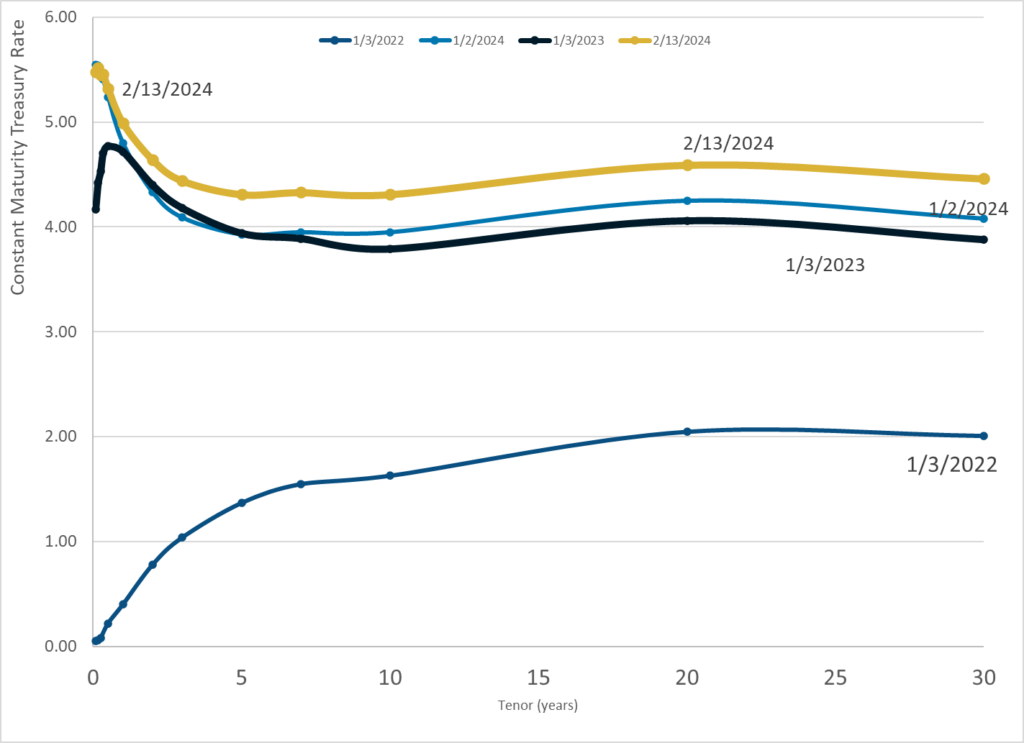Link:https://www.npr.org/2024/02/16/1231362802/automated-speed-cameras-traffic-fatalities
Excerpt:
Richmond joins a growing list of cities turning to speed cameras. New laws in California and Pennsylvania will allow them in major cities where they’ve long been blocked.
Traffic fatalities have risen sharply over the past decade, and safety advocates around the country are desperately searching for anything that will get drivers to slow down. But critics say speed cameras can be a financial burden on those who are least able to pay.
Still, they’ve earned the endorsement of prominent safety advocates, including Jonathan Adkins, the CEO of the Governors Highway Safety Association.
“Automated enforcement works,” Adkins said. “For lack of a better term, it sucks to get a ticket. It changes your behavior.”
….
No one likes getting a speeding ticket. But the objections to automated traffic enforcement go deeper than that.
“We are very skeptical that safety is the real goal,” says Jay Beeber, with the National Motorists Association, a driver advocacy group.
There are other ways to get drivers to slow down, Beeber argues, including speed feedback signs that show drivers how fast they’re going in real time.
Author(s): Joel Rose
Publication Date: 16 Feb 2024
Publication Site: NPR, All Things Considered



